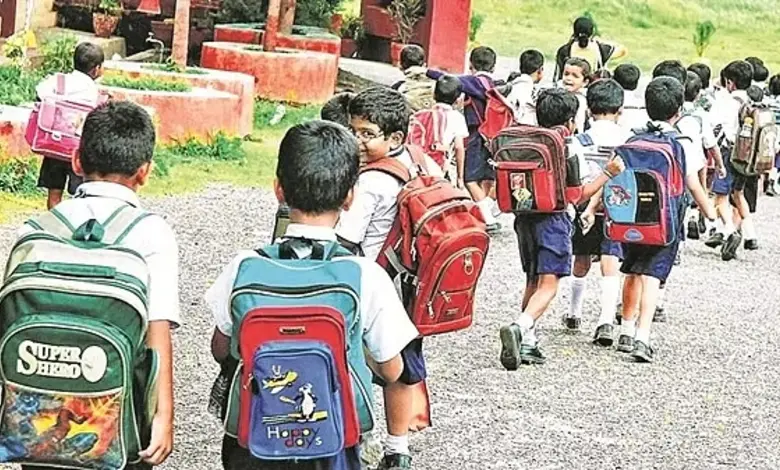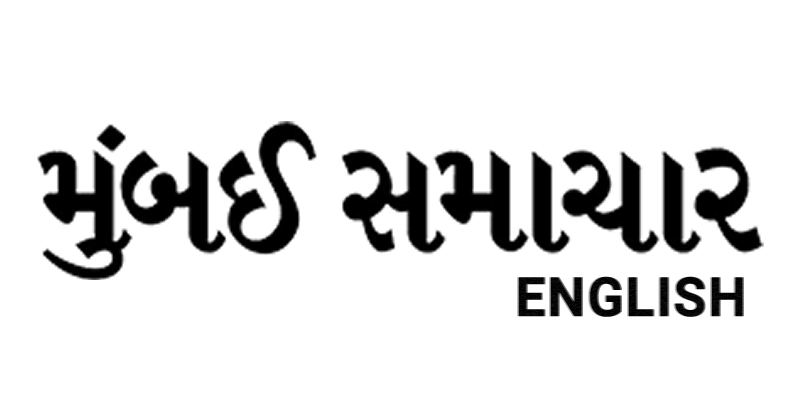Maharashtra Eases Hindi Mandate, Offers Language Choice for Students

Mumbai: In response to significant public backlash, the Maharashtra government has revised its policy on mandatory Hindi as a third language in primary schools, according to a government resolution (GR) issued by the state school education department on June 17, 2025. The updated guidelines now allow students in Classes 1 to 5 at Marathi and English-medium schools to select an alternative Indian language instead of Hindi, provided certain conditions are met.
The revised GR specifies that if at least 20 students in a class opt for a different Indian language, the school will be provided with a dedicated teacher for that subject. For classes with fewer than 20 students choosing an alternative language, the subject will be taught online. The corrigendum to the earlier GR states: “As per the State Curriculum Framework – School Education 2024, in Marathi and English medium schools, Hindi will generally be the third language from Class 1 to 5. However, if students wish to study another Indian language, they shall be permitted to do so.” This adjustment aims to provide greater linguistic flexibility while adhering to the curriculum’s structure.
For schools with mediums of instruction other than Marathi or English, the language policy remains unchanged, requiring students to study three languages: the medium of instruction, Marathi (which is compulsory), and English.
The initial decision to mandate Hindi as a third language, announced in April 2025, sparked widespread protests, particularly from the Maharashtra Navnirman Sena (MNS), which labeled the policy as an imposition of Hindi. The opposition prompted State School Education Minister Dada Bhuse to suspend the original order and commit to a revised resolution. The state’s language consultation committee also urged Chief Minister Devendra Fadnavis to reconsider the mandate, further pressuring the government to introduce the opt-out option.
This policy shift reflects Maharashtra’s effort to balance the National Education Policy (NEP) 2020’s three-language formula with regional linguistic diversity, ensuring students have greater choice in their education.
